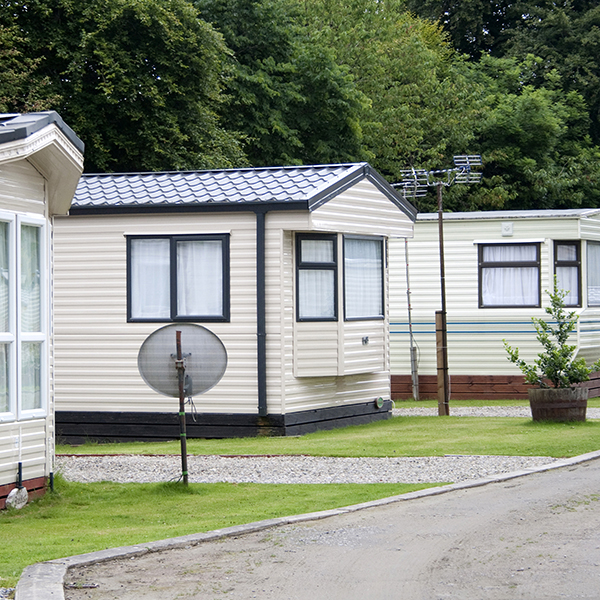Termites abound in Southern California. It seems they love the weather as much as we do! Here are some observations about termite (or, properly “wood destroying pests”) inspections and repairs that have come up in my practice recently:
WE ALL HATE SUPRISES: One of my “soap box issues” (and believe me, I have plenty!), is my strong belief that sellers should have a termite inspection during the listing period. When a seller is reviewing offers, and trying to determine their net proceeds, the possibility of expensive termite repairs is information they need. This will also give a seller plenty of time to get competitive bids, second opinions, and even doing some of the work on their own. Depending on market conditions, a seller might even be able to negotiate that the buyer completes the work after closing, at their own expense. This tactic will only work, if the buyer’s lender will be okay with that.
SECTION TWO ITEMS: First, let me review a little bit about Wood Destroying Pest Inspections. Termites are the “main show”, but the inspector will also look at dry rot, fungus and something called a “wood destroying beetle” (never met one, myself). They issue the report in accordance with state law, and split the report into two sections. While negotiable, as most costs are, buyers and sellers will typically agree that seller pays for the repair of Section 1 items, and that the buyer be responsible (after close of escrow) for Section 2 items.
Section 1 includes items of actual infestation/infection, which need to be corrected in order to have the termite company issue a “Clearance”. Section 1 items include the presence of termites, dry rot, fungus, etc. Repairs may include replacing damaged wood, treating areas of infestation locally (sort of like spot cleaning), or complete tenting of the property.
Section 2 includes items that although not instances of actual infection at the time of inspection, they are “deemed likely to cause” conditions in the future. This might include wooden patio posts which are installed directly into the grass, without a cement footing (known as “earth to wood contact”, and more or less a welcome mat to subterranean termites), or a sprinkler which causes water to hit wooden siding on a house. On section 2, a termite company will also call out observations, which again may have wood destroying properties… One most common observation is the presence of water staining on walls and ceilings, indicating a possible leak in the past, or current leak.
*Section 2, no big thing, or is it? On government backed (VA/FHA) loans, it is not unusual for lenders to require that certain section two items be repaired prior to closing. Recently, on both government backed (VA/FHA) loans, AND conventional loans, I have had the loan underwriter REQUIRE that section two items with regard to innocent looking water stains be investigated by a licensed plumbing contractor, to certify that no active leaks are present. No big thing (just another expense and annoyance for your seller) UNLESS those innocent looking water stains are NOT so innocent.
UNLICENSED TERMITE COMPANIES: I just read a REALLY SCARY post on Facebook by a local Realtor, who discovered that the termite company used by the seller on a now closed escrow transaction was not licensed at the time of the inspection, the results were falsified as “clear”, and now she has a buyer in a house riddled with termites! This is a HUGE argument for using local, well known contractors, and not chasing cut rate unknown companies, without checking their credentials.
CONDOMINIUMS: The structures of attached condominium units are maintained by the Homeowner’s Association. Most HOA’s have maintenance contracts with pest control operators. When a condo unit is in escrow, and a termite inspection reveals some condition that needs to be treated, the HOA may be responsible for the repairs. I say “may” because there are certain items that in some developments are NOT maintained by the HOA, and may be the individual unit owner’s responsibility. This may include an exterior door, patio posts, balcony railings on an outside deck, etc. The process for determining who is responsible for the items of repair is to submit the termite report to the HOA Management Company. The HOA Management Company may then require a second inspection, by the pest control operator used by the HOA. This can burn valuable time, and delay closings. For this reason, it has long been my opinion that it makes sense to use the HOA’s own pest control operator to begin with. This makes the process go much more quickly, as it eliminates the possible requirement of a second inspection. Another advantage is the pest control operator will arrange for the work to be done, directly with the HOA. Management Company.
Honestly, I could go on for days about experiences I have had surrounding the termite inspections and repairs, I may have to do a part 2 at some point!
 Cynthia Moller
Cynthia Moller
661.362.0400
cmoller@glenoaksescrow.com




